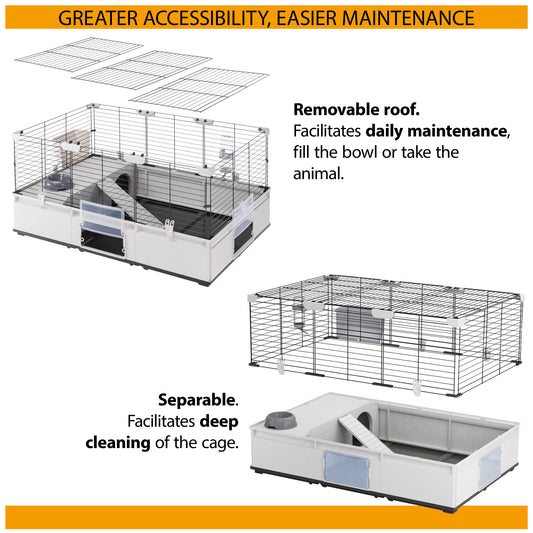By Karen Cornish
For pet owners without access to a car, getting a dog or cat used to travelling on public transport is very important – especially if your vet is not within walking distance or you wish to explore further than your neighbourhood with your four-legged friend.
According to research by the Kennel Club, 30% of dog owners use public transport with their pet. To make sure your pet is the perfect passenger, stick to the rules and have consideration for your fellow travellers – remember, not everyone will want to sit next to your pet.
Where are pets allowed?
Train companies – including the London Underground – will usually accept dogs as long as they are carried on escalators. National Rail permits the travel of two pets per passenger free of charge on most of its trains in England, Wales and Scotland. They must be kept on a lead or in a pet carrier and not take up a passenger seat.
Buses usually allow a dog to travel at the driver’s discretion but each bus company will have a different pet policy so check before you go.
Taxis will sometimes allow dogs on board depending on the company so make sure you contact them in advance to check their pet policy. Some taxi apps have an option to choose a pet-friendly vehicle.
Cats can travel by public transport but you need to use a secure pet carrier to keep them safe and comfortable. It’s not advisable to take a cat with a harness and lead as they are likely to feel vulnerable and could panic.
Cat and dog owners should check with the travel company in advance to find out if they need to buy a separate ticket for their pet or if there are any additional charges.
Skills for public transport
To ensure that your pet and other passengers are happy during your journey, it is a good idea to prepare. Part of this is teaching basic obedience so that you have control over your pet in public. ‘Sit’, ‘lie down’ and ‘settle’ are all vital things a dog should learn before embarking on public transport. It is also important to be able to get your dog’s attention and keep their focus when there are lots of people around.
The younger a pet is when you first introduce them to public transport the better. Older animals are more likely to be fearful of unfamiliar experiences so you will need a gradual introduction. Start with very short journeys – just a stop or two – until your pet becomes accustomed to travel and watch out for signs that they may be getting overwhelmed.
Top tips for travel
· Make sure your pet has had plenty of opportunity to go to the toilet before you leave to minimise the chance of accidents en route.
· If you have a particularly energetic dog it is a good idea to exercise them before you leave so they are tired and happy to settle.
· Always keep your dog on a dog lead and do not let it get up on the seats.
· Always take your dog through the accessible ticket barriers at the train station, to give it more space and time to exit – you don’t want your dog to get stuck half way!
· If possible, avoid rush hour so that public transport is less crowded and therefore less stressful for you and your pet.
· Avoid travelling on public transport on very hot days to prevent your pet from overheating.
· Make sure you have plenty of water with you and a travel bowl so your pet can keep hydrated on the journey.
· Pack plenty of dog treats to hold your pet’s attention and to positively reinforce good behaviour while you are out and about.
· Keep your dog clean. No one will want to share their journey with your pet if they are smelly or covered in mud.
A note on assistance dogs
The Equality Act 2010 states that in the UK assistance dogs are allowed on all modes of public transport. It is an offence to refuse entry to a person and their assistance dog, and could result in a fine.
If you enjoyed this article, why not read:
Walk in Style: The Ultimate Guide to Stylish and Functional Dog Harnesses









